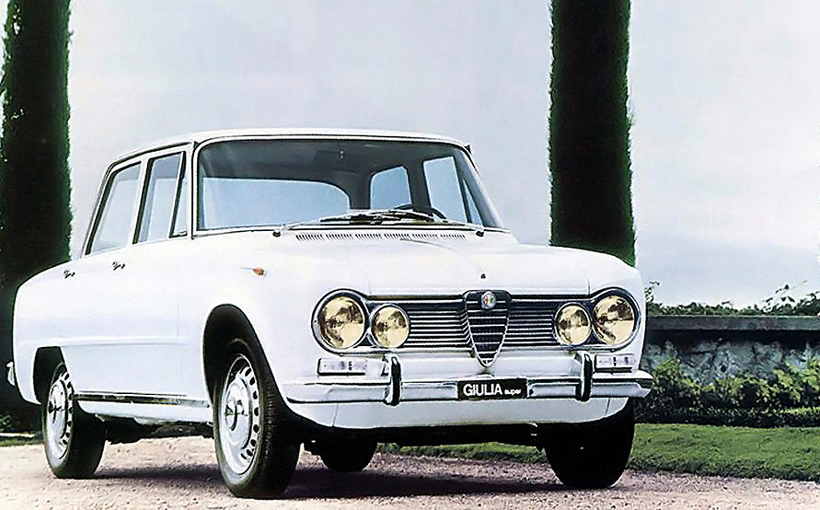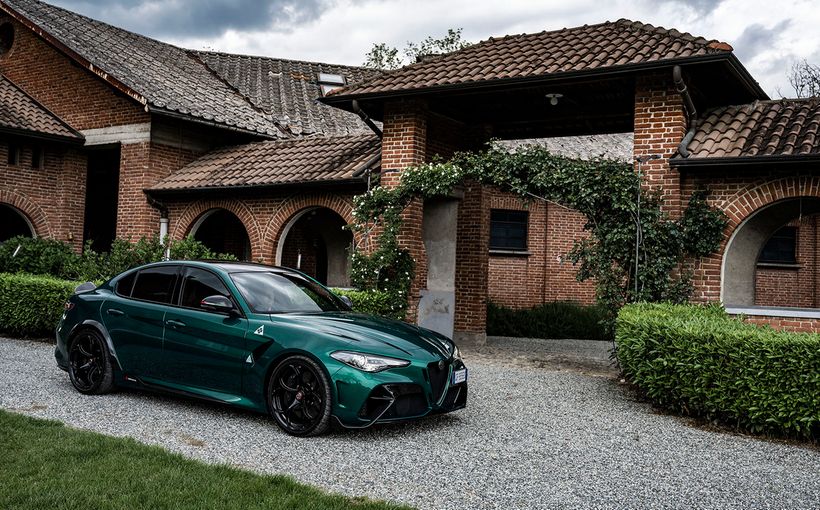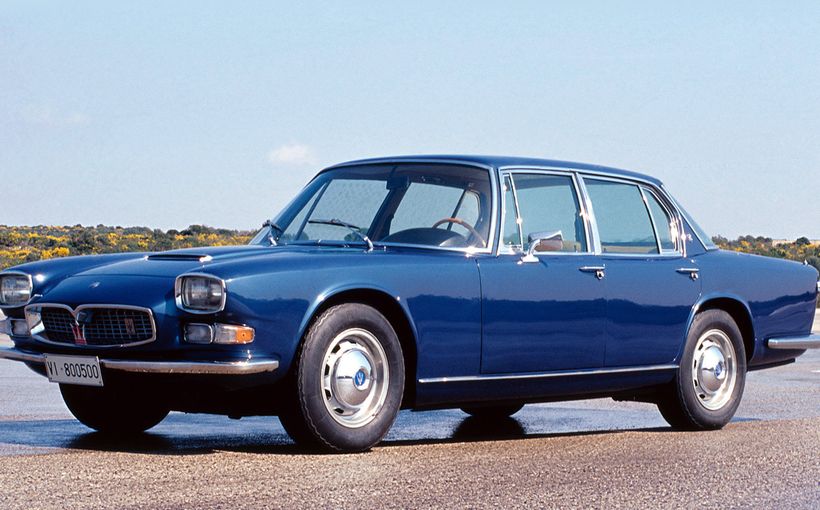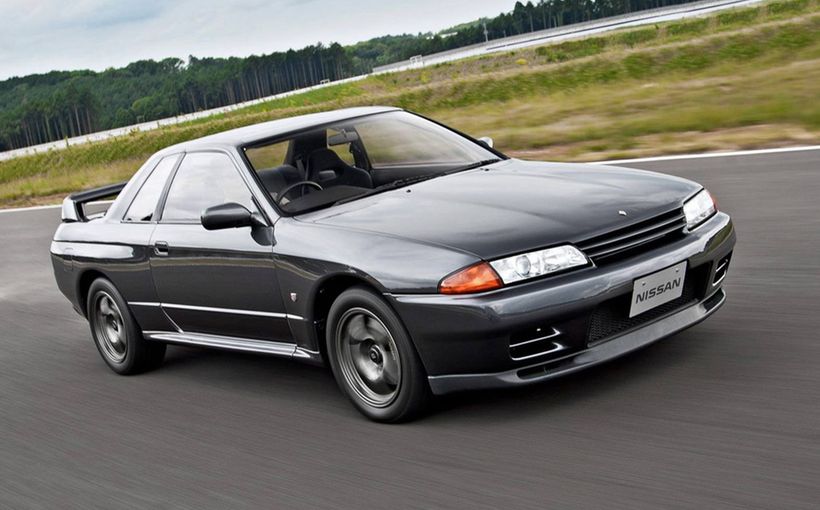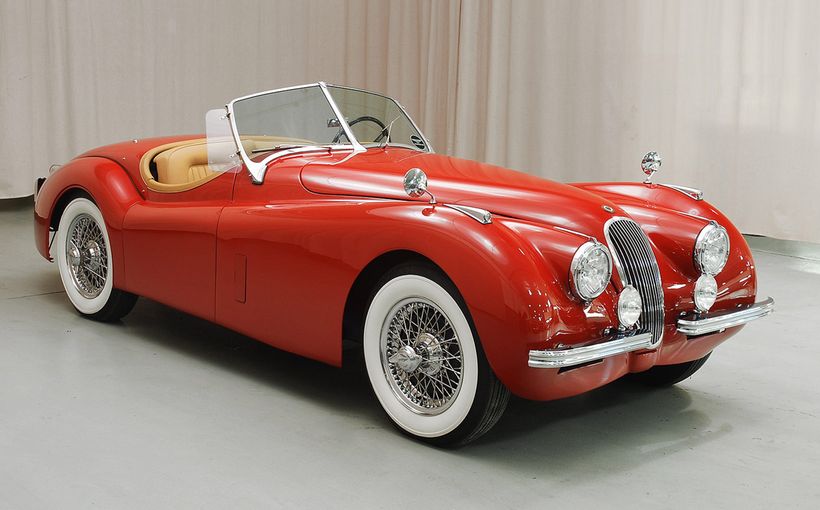Alfa Romeo Giulia TI and Super: Italian jewels in an elegant box

It is probably not generally known that on 11 July 1958 a new company called Alfa Romeo (Australia) was registered in Melbourne. Unfortunately, this was a false beginning because head office did not officially recognise the local branch. The solution came when the Italian firm engaged a Melbourne solicitor, Daryl Abrahams, to purchase the company on its behalf. So June 1965 represents the real start for Alfa Romeo in this country, at least in the postwar era.
Earlier, Harold Lightburn (better known now for his tiny, eponymous Zeta) had reached an agreement for his firm, Lightburn & Company, to import a limited number of cars. It is unlikely that more than 65 cars were sold during the Lightburn regime, most of them right-hand drive Giulia 1600s (sedans and coupes).
In August 1965 Harold Lightburn conceded that his Zeta venture had failed and his shaky arrangement with Alfa Romeo concluded.
The original Lightburn & Company publicity shot was taken in Adelaide. The car was an early build 1600 TI with drum brakes and (five-speed) column gear change. My tatty copy of Wheels, March 1965 showcasing the dramatic new HD Holden lists three Alfas on the new car prices page – the TI sedan (106 brake horsepower, five-speed gearbox, £2030); 1600 Sprint GT (122 brake horsepower, five-speed, £2723); the now rare 2600 Sprint GT with 165bhp and a price tag of £4258. For some perspective on prices, the new Holden Special with optional X2 engine and the promise of 140 horsepower was £1212, the Fiat 1500 Mark II (80bhp) commanded £1290 and a Jaguar E-Type coupe cost £1728.

Alfa Romeo’s new compact sedan weighed a little less than a ton and was optimistically promoted as a six-seater with the very earliest examples having the column gearchange that had been so popular in the first decade and a half after World War Two. Its key dimensions were length 13 feet seven inches on an eight feet two and a half inch wheelbase, width 5 feet one and a half inches and height four feet eight and a half inches. The boot swallowed 16 cubic feet of luggage. The Giulia Super was five inches shorter than Ford’s Cortina, launched in the same year.
Somewhat unusually for the era, it had pedals sprouting from the floor but the driver’s footrest was a rare and welcome feature.

In September, Alec Mildren was officially appointed as Alfa Romeo importer and distributor for New South Wales. It is almost certain that Mildren’s initiative in importing an Autodelta-prepared Giulia TI Super to compete in the 1964 Sandown Six-Hour was pivotal. The Alfa’s giantkilling victory over cars with as much as four times its engine capacity encouraged Alfa executives to place their faith in Mildren’s operation. (To win this race once was brilliant, to win it again in 1965 – in a Giulia Super – was bordering on the unbelievable; for Alfa Romeo’s public image, this outcome was comparable for the effect the 1953 Redex victory had on Peugeot’s).
By the end of 1965 dealers had been appointed in most states. Some of the people involved remained associated with the marque for decades: Frank Crott, Brian Foley, John French, Murray Wright.

Mildren and his compatriots priced their Alfa Romeos rather more keenly than had Harold Lightburn. The 2600 Sprint GT tested by Wheels for the July 1966 issue (decimal currency having arrived on 14 February that year) was $7490. By this stage the new car prices section near the back of the magazine was much expanded with all kinds of newcomers such as the Hino Contessa (55bhp, $1848, or $1890 if you wanted four forward ratios instead of three!), three Prince models including the Skyline GT sedan as seen to such great effect (fourth outright) in the 1965 Sandown Six-Hour (127bhp, $2850), the Porsche 911 (130bhp, $9446) and a full range of Lancia which, in truth, were probably the Alfa Romeos’ only real rivals.

At that year’s Geneva Salon, one of the stars was the new Super version of the Giulia sedan.
An advertisement for the Giulia Super 1600 in the Australian in January 1966 was headed: ‘Alfa Romeo have put a price on perfection. At $3994, the Giulia Super 1600 is perfection itself.’ This ad was placed by Alec Mildren Pty Ltd and Murray Wright’s M.W. Motors, the Victorian distributor. No drum brakes nor column shift to be seen. This beauty got discs on all four wheels and a full-synchromesh five-on-the-floor gearchange.
The 1570cc twin overhead camshaft engine was equipped with dual twin-choke Weber carburettors. As this was a full two years before the release of the Fiat 125, about the only other marque to combine four-door bodywork and twin cams was Jaguar.

The Giulia Super boasted six more horsepower than the TI, as well as firmer suspension and an upgraded cabin. Six bhp may not sound like many but the Super proved usefully swifter than its predecessor, lopping an amazing two seconds from the zero to 60mph (97km/h) time to 11.3. In its 9 July 1966 road test, the English magazine Motor commented on this improvement:
It is unusual for the more powerful version of an engine to develop its increased power at a lower engine speed, but the Giulia Super makes best use of this feature - 6bhp more at 500rpm less than the TI- by raising the final drive ratio to keep the maximum speed still at the peak of the power curve. Not only does this give a speed increase which might seem disproportionate to the power increase but, of more practical importance, it gives the Super rather ‘longer legs’ than the TI.
Important in Europe was top speed and the TI struggled to creep two miles per hour over the then magic ‘ton’. Not only did the Super pass triple figures quite easily, a long enough stretch of autostrada would yield a true maximum of 108, almost unprecedented in a mass-produced 1.6-litre sedan.
Later came the 1300 TI which combined all the wonderful qualities of the 1.6-engined variants with a level of performance only slightly superior (except for the significantly higher top speed of 97mph) to a Fiat 1500.

At the time, some magazine testers were less than convinced of the car’s appearance but it has aged superbly, probably better than Bertone’s celebrated coupe version. The Kamm-style rear end with its sharp cut-off doubtless contributed to the sedan achieving a superior aerodynamic cd figure than the rakish coupe.
Having owned one Giulia Super and two 105-Series coupes, I can testify to the sedan’s superior quietness at cruising speeds and the sense that it cleaved the air better. That gorgeous little 1970 model is one of several cars I most regret having sold. When I owned it (1987), I was racing an Alfetta 1.8 sedan. In most respects the Super felt like the higher quality car with better finish and a more solid feel but it didn’t steer or handle as well as the newer sedan, having recirculating ball rather than rack and pinion steering and lacking the sophistication of a De Dion rear end. One minor fault of the Giulia was its tendency to axle tramp and the loss of traction to the inside rear wheel through tight corners taken hard.

Not as fast as the Alfetta either (especially not my car with reworked cylinder head) but, of course, I briefly nurtured the fantasy of having the 1.6-litre engine rebuilt to hot 2.0-litre spec. What a sleeper such a Giulia Super would have been: ah, the dreams of we motoring lunatics!
The other big point in the Giulia’s favour was its magnificent gearchange. In their bid to achieve perfect 50:50 weight distribution, Alfa’s engineers gave the 116-Series cars a rear transaxle and as a consequence the gearchange was slow and sometimes baulky.
Driving this boxy but extremely beautiful (to my eyes) little sedan in the F3 freeway’s 110km/h traffic, I frequently marvelled that it was actually a contemporary of the HR Holden. On paper, and at least up to perhaps 80mph, a 186S four-speed HR might have equalled the Alfa on speed, but in every other respect it was far inferior. The fact that the 1600-engined Giulia Sprint GTs (not GTVs as is widely, and wrongly, reported) almost beat the Monaro GTS 327s at Bathurst kind of proves this point, I think.

Although I never drove one before this brief stretch of ownership, I had always thought of the Giulia Super as something really special, in much the same way as I saw the contemporaneous (and surely even more gorgeous) Lancia Fulvia HF coupe, and sadly I still haven’t driven one of those.
I owned a Fiat 1500 Mark III (in 1973) which was a contemporary of the Super’s and I always thought that the Alfa Romeo -– a car of similar size – was like the ultimate version of the same Italian compact sports sedan theme.
The interior, too, was special with lovely large gauges, genuine wood trim in places and comfortable seats.
In summary, the Giulia sedans were boxy in style, but once you considered the jewel within the box, you could never see them as anything but gorgeous.




